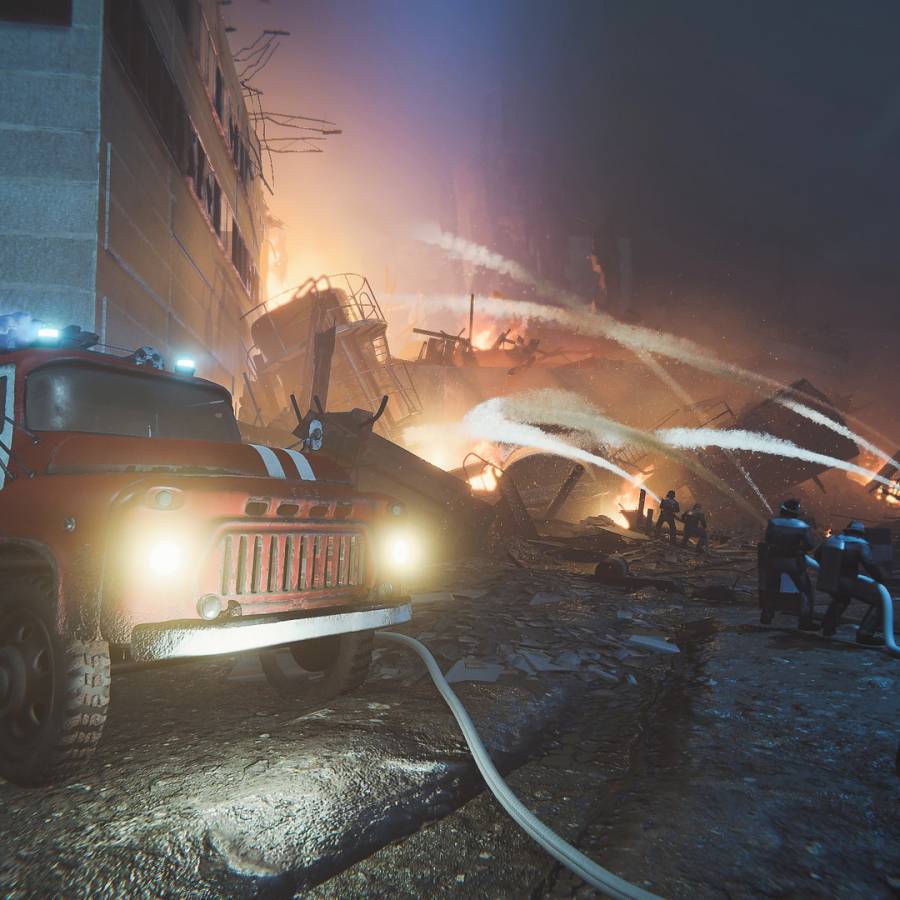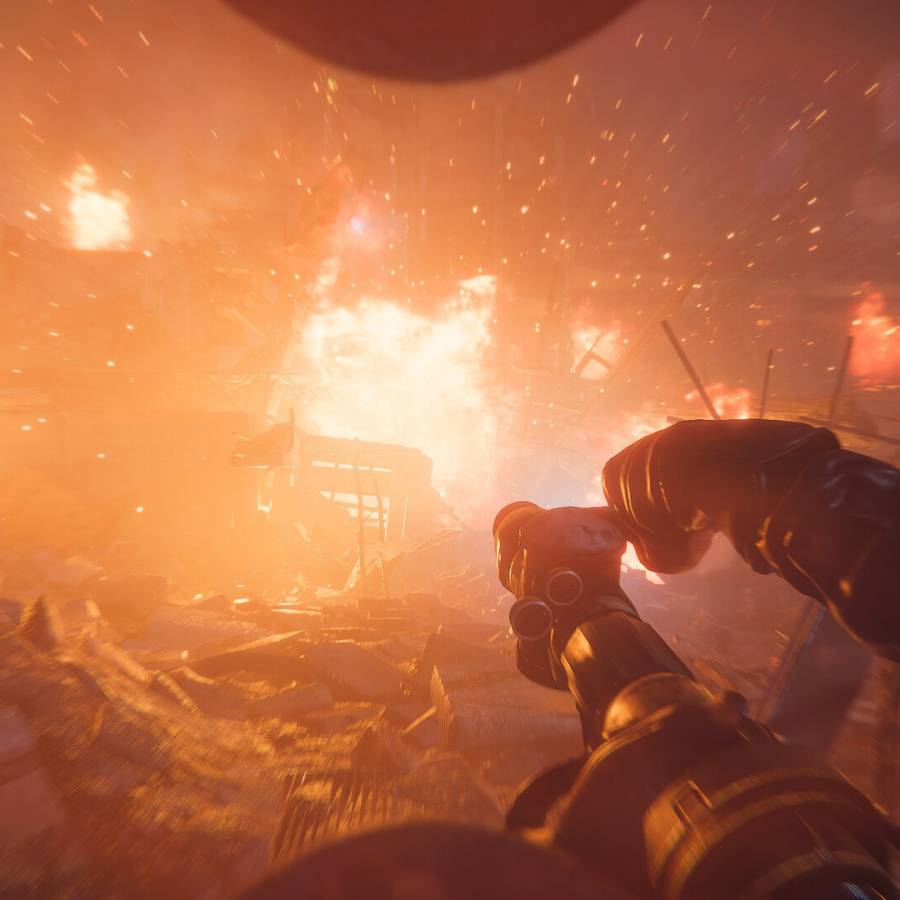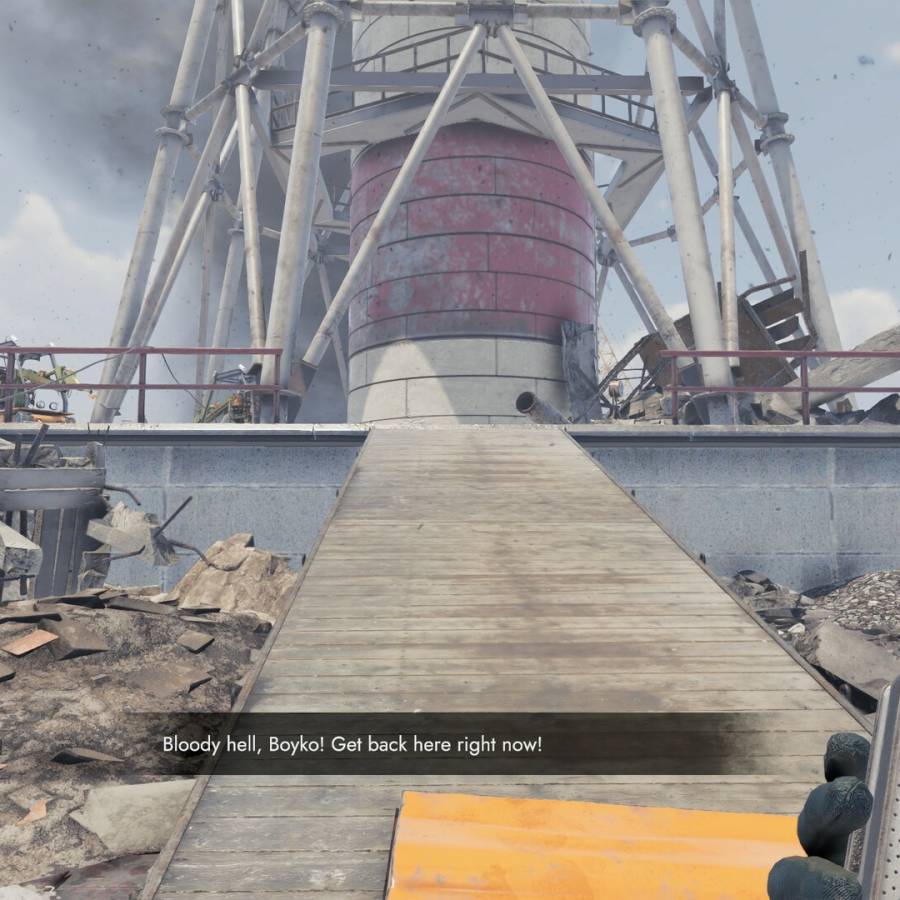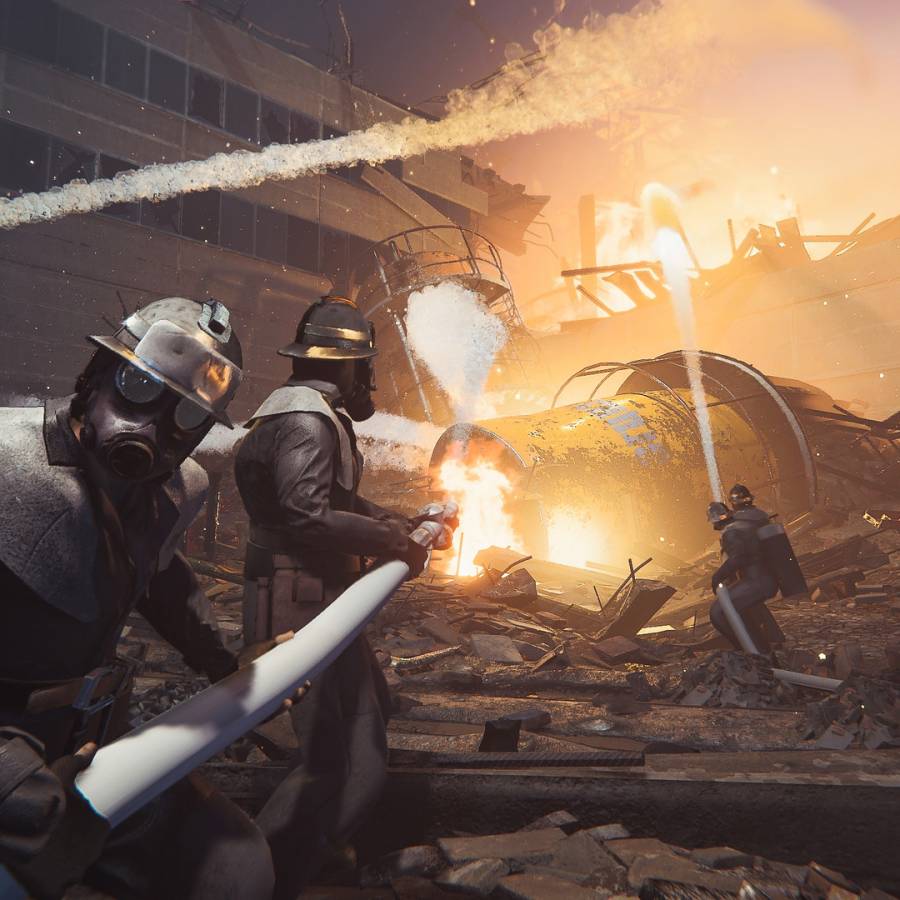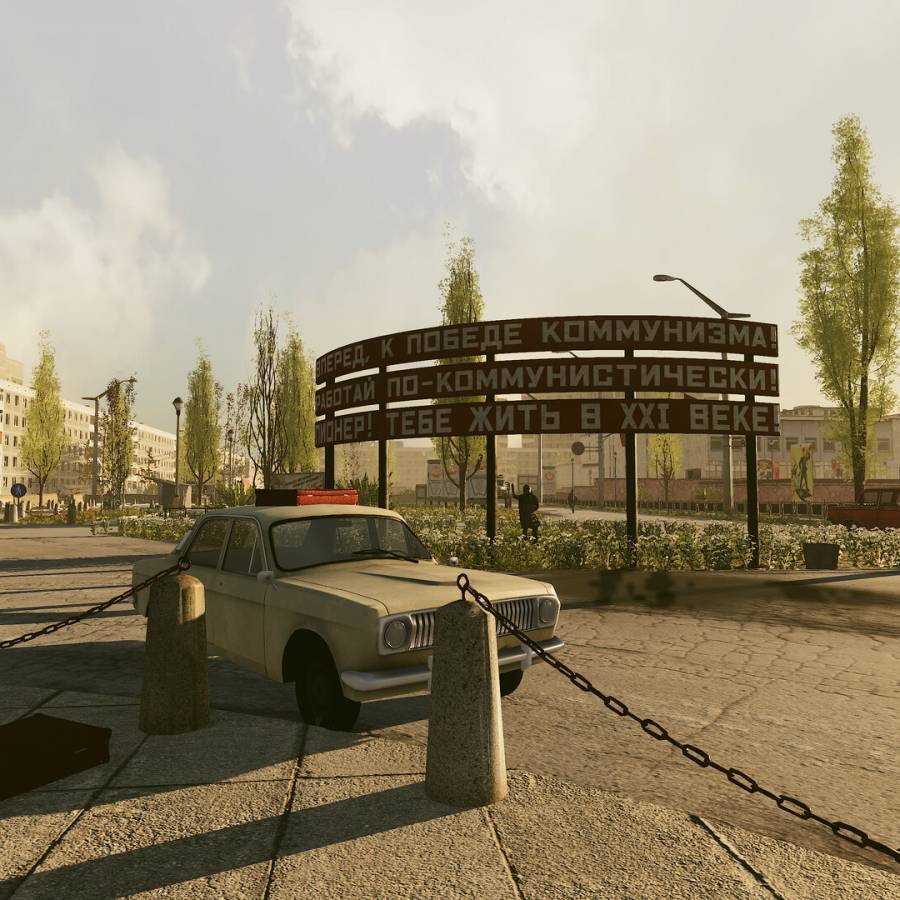Wishlist the game on Microsoft Store (
https://www.xbox.com/en-US/games/store/chornobyl-liquidators/9n1j84mt7p7h) or PlayStation Store (
https://store.playstation.com/en-us/concept/10012328) to not miss the launch.
About Chornobyl Liquidators Chornobyl Liquidators is an immersive sim game inspired by the real-life nuclear disaster that took place in Chornobyl in 1986. What sets it apart from other games inspired by this event is its commitment to historical accuracy, which translates to a high level of realism. In this production, you won’t have to face mutated creatures or anomalies caused by radiation. Instead, you will experience the actual consequences of the reactor failure at the Chornobyl nuclear power plant. The game accurately reproduces not only the events or the language but also all of the available locations, documents, tools, and items used in Soviet Ukraine during that era. These were all created based on numerous archival photos and documents, memories from individuals associated with the events, as well as exhibits from museums and private collections.
Another crucial aspect of the game is the storyline itself. Developers took great care in creating a mature and emotionally engaging narrative that incorporates moral decision-making. Players can experience the events from the perspective of the Liquidators – the personnel tasked by the government of the USSR to deal with the aftermath of the nuclear disaster. Thanks to this approach, developers succeeded in creating a world where historical realism intertwines with emotionally compelling and immersive gameplay.
 Genre Affiliation Chornobyl Liquidators
Genre Affiliation Chornobyl Liquidators combines different gaming genres to create a unique experience. On the one hand, the emphasis on a high level of realism, portraying events by historical truth, and using authentic source materials indicate a historical game. It also includes elements of survival and simulation games, such as specific mechanics or status effects. An example of this is the in-game stress mechanic, which represents the protagonist’s mental and performance state. Exposure to stress makes it harder to complete quests and, in severe cases, can lead to a heart attack, resulting in death. However, stress can be decreased with the help of consumable items like chocolate or cigarettes. Furthermore, the developers of the game have given a lot of importance to narrative design. With an engaging story full of significant moral choices,
Chornobyl Liquidators is a narrative game to some extent.
 Narrative / Story
Narrative / Story Game developers have put a lot of effort into creating and executing a captivating storyline. They have effectively blended a fictional plot with historical accuracy, ensuring that realism is not compromised. Players will assume the roles of fictional characters yet inspired by true stories. They will visit locations that existed in 1986 and perform tasks that could have been completed by the Liquidators during that period.
In
Chornobyl Liquidators, players have a chance to experience the story from different perspectives. In the first and last chapters, they take on the roles of anonymous Liquidators who were tasked with decontaminating the roof of the Chornobyl power plant. These individuals often paid the ultimate price for their mission. The hero of the remaining levels is
Sergeant Sergey Aleksandrovich Buryatov, a former soldier and employee of the nuclear plant. In the course of the plot, moral choices are made in his name, and their consequences affect the game's events and the story as a whole.
Thanks to the protagonists, the players will participate directly or indirectly in episodes that happened between late April and mid-September 1986. Since this is a lengthy time frame, the developers decided to use time jumps and split the game into narrative levels. Each level has different tasks for players to accomplish – sometimes missions focused on aiding civilian populations, other times decontaminating spaces, or acquiring classified documents for the
KGB, the Secret Service of the USSR.
 Chornobyl Liquidators comes with an exciting set of features:
Chornobyl Liquidators comes with an exciting set of features:





